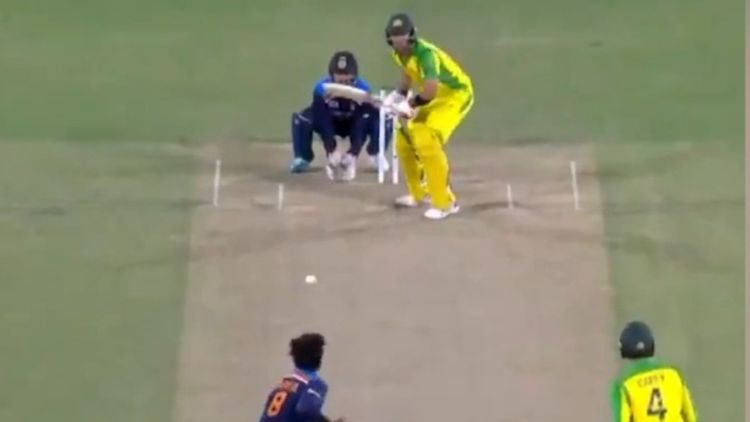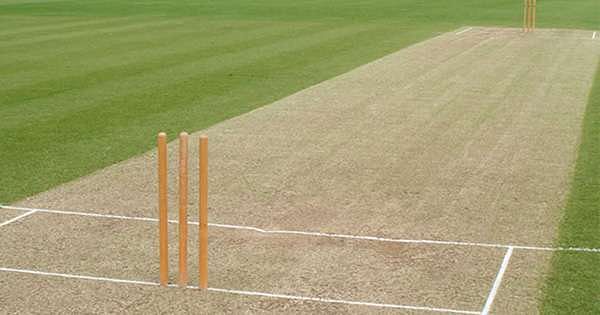The much awaited series of the year, atleast in terms of viewership, is underway in Australia. The first of the three legs has been completed and Australia have emerged as the victors. Australia won the ODI series 2-1 after 2 superlative batting performance in the first couple of games.
Bowlers must revolt against such blatant abuse
Unfortunately, the first couple of games proved to be a run-fest and the bowlers from both the sides had only to turn up. They were not expected to be threatening to the least extent possible. The pitch at the Sydney Cricket Ground was that horrible. World class bowlers like Jasprit Bumrah, Pat Cummins, Mitchell Starc were made to look like boys in school. This is not a Sydney specific one. Off late, pitches all over the world are made to favour the batsman and bowlers are not even given any consideration. Coupled with the rules favouring the batsmen, shorter boundaries and other outrageous rules, there is absolutely no point in having bowlers at all. The batsmen can as well play against bowling machines.
Coming back to the series
In the first couple of games, Steve Smith played a couple of superlative innings which was thrilling to watch while it lasted. Unfortunately, for India, Smith’s performance have certainly opened some old wounds. His superior average against India and his consistency in all the formats is a testimony to his hold over the Indian bowlers. Australia racked up an imposing 374 which India would have chased if not for some spirited bowling by Stoinis. It was Stoinis’s 6 overs spell that completely turned the game for Australia. India did lose 4 wickets by the half way mark but the wicket was so placid that Pandya & Dhawan with the help of Jadeja could have brought the score closer to Australia’s and may have even won the game.
In the 2nd game, was another run-fest with more than 700 runs in an one day game. The third game was slightly bowler friendly but was held in Canberra. However, still close to 600 runs were scored. Gone are the days when 250 was a competitive score and 275 was a winning score.
Success of the series
There were quite a few standout performances starting with the twin hundreds by Smith, the consistency of Aaron Finch, the outrageous shots played by Glenn Maxwell and a couple of fifties for Virat Kohli & Rahul. However, the success of the series was the bowling of Moises Henriques and Marcus Stoinis. It was the bowling of those, in the words of Sanjay Manjrekar, bits-and-pieces cricketer, Australia were able to win the first couple of games. They went for less than 5 an over on a wicket where everyone else, including the better bowlers, Cummins, Starc, Bumrah & Shami went for more than 6 & 7 an over. If not for the contribution of Stoinis & Henriques, India would have gone onto win the second game if not the first one. Such was their impact.
Failure of the series
The bowlers on both the sides performed poorly when the series was still alive. None of them were able to keep the batsmen quite. Infact, Starc went for 20 runs of his very first over. Adam Zampa took 4 wickets in the first game but that was towards the end when India were way behind the asking rate. Some of the Indian batsmen failed to make use of such a placid batting track. Kohli and Dhawan scored one fifty each but couldn’t do anything else.
Rahul scored a fifty as well but it was painstakingly slow. Infact, that innings definitely slowed down India considerably and as such they lost wickets quickly in trying to go for runs. However, the biggest failure for me will be Shreyas Iyer. Shreyas has had a fairly long experience at the first class level. He has been the mainstay in the various IPL teams and as such is exposed to fast bowling. Much was expected out of him but he failed miserably. He wasn’t able to make any impact in any of the games. Infact, he got out rather ungainly in the first game.
www.espncricinfo.com has this description about his dismissal
Hazlewood to Iyer, OUT
Snorter does him in. Iyer will not want to watch a replay of that. Hazlewood dug this in short and rising sharply towards his head. An ungainly attempt to get out of the way by Iyer, but his bat was hanging in the air like a periscope above his head. The ball balloons off it towards the leg slip area, and Carey settles under it comfortably.
This shows that he has a problem with short ball. Neither is he is not able to pull nor is he able to get out of the way. The sooner he overcomes this the better it is for him. He is thought to be someone who has sealed the number 4 spot but his performance in Australia is not encouraging.
Gains for either teams
The biggest gain for India from this series is the batting of Hardik Pandya. I must confess that I wasn’t that thrilled that Pandya will play only as a batsman. I always thought that Pandya without his bowling is a liability because he knows to play only one way but he has definitely proved me wrong. He scored in all the games and infact played a match winning innings in the 3rd game. Needless to say, without his 90, India would have ended up well below 225.
The other gain for India was the bowling of Natarajan. Enough has been said about Natarajan’s humble roots and how he has made it to the Indian team. I will not get into that. For someone in his first game, he really gave a good account of himself. There was one over in which he went for 20 runs but overall he bowled well. Infact, he got India’s first wicket in the first powerplay for a longtime.
As for Australia, Smith, Finch & Maxwell’s return to form. Especially Smith who will once again be the thorn in the flesh for India.
Signs for the rest of the series
For Australia, it looks good with Smith in prime form and Labuschagne’s efficient innings though the bowlers will be expected to improve.
For India, the signs are ominous. The Indian team never have taken out Smith cheaply and now combined with Warner & Labuschagne, Indian bowlers are in for a leather hunt. Let us hope that Bumrah, Shami & Kuldeep is able to find their best form and keep the Australian batsmen quiet.
Other Australian series related topics can be read here, here, here and here.



